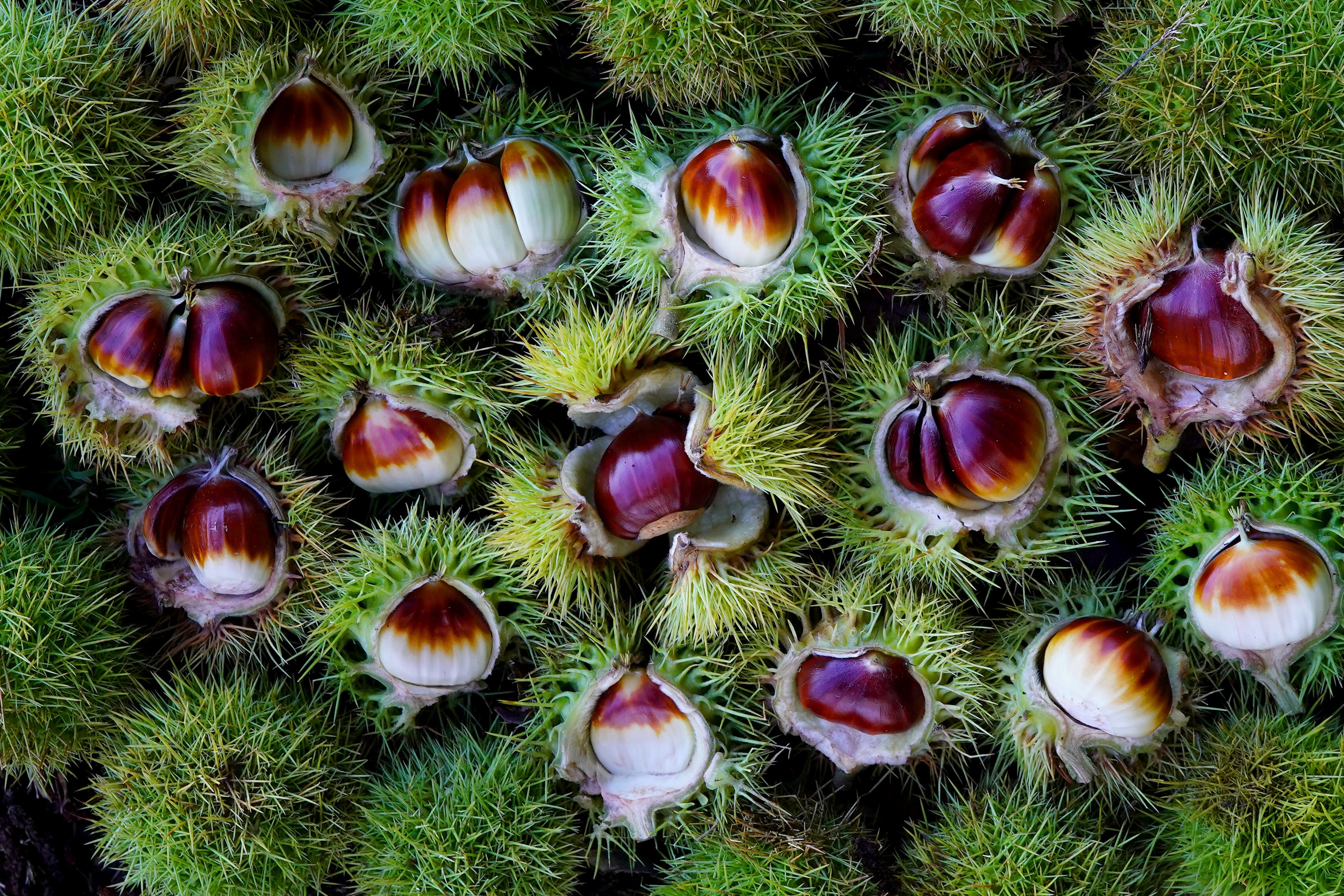Citizen scientist volunteers needed to monitor sweet chestnut trees
An invasive species of wasp and a fungus are spreading across Europe and threatening the species, experts have warned.

Citizen scientist volunteers are needed to help monitor sweet chestnut trees for pests and disease, the Royal Horticultural Society (RHS) has said.
Sweet chestnut trees, or Castanea sativa, are found in parks and woods across the country. They provide food and habitat for various forms of wildlife.
The trees are threatened, however, by two problems – the oriental chestnut gall wasp (OCGW) and a fungus called chestnut blight.
The RHS, along with the Animal and Plant Health Agency, Forest Research and the Department for Environment, Food and Rural Affairs, is asking people to monitor sweet chestnuts for any signs of wasps, fungus or even good health.
Sweet chestnuts can be identified by their long, glossy green leaves which have pointed tips and toothed edges.
In the early summer they are covered with yellow catkins while in autumn the leaves turn golden before falling.
Mature, they stand between 17-22 metres and can live for up to 700 years if they remain healthy.
Sweet chestnut trees – like many other plant and tree species – are increasingly vulnerable to pests and diseases
The RHS said monitoring the trees does not require any specialised knowledge and it is asking people simply to look for signs of the fungus or wasp, take pictures and send them to a Government website called TreeAlert.
Telltale signs of the fungus include cracked or sagging dead bark with discolouration or bright orange fruiting bodies while the wasp will leave distorted leaves or buds with swellings called galls.
These circular growths, caused by the OCGW laying its eggs inside the buds, stunt the tree’s growth and reduce its ability to produce nuts.
There is also some evidence that it opens up a space for chestnut blight to enter and infect the tree, which will eventually kill it.
Both wasp and fungus are spreading across Europe though in the UK it is thought the wasp is currently around London and the south east.
Dr Jassy Drakulic, RHS plant pathologist, said: “The Check a Sweet Chestnut project is a vital tool in the fight to protect tree health and provides a great opportunity for members of the public to get involved in conservation efforts.
“By working together to record and monitor these trees, we are helping safeguard Britain’s sweet chestnut trees for future generations to enjoy.”
The Check a Sweet Chestnut project is trying to recruit volunteers as part of National Plant Health Week, which runs from May 8-14.
People are being encouraged to report healthy trees too so that Forest Research scientists can judge the proportion of trees that are afflicted.
The data will also be used to create a map of the health of sweet chestnut trees in the country which will help future surveillance work and monitoring of other emerging diseases, the RHS said.
Nicola Spence, UK chief plant health officer, said: “Sweet chestnut trees – like many other plant and tree species – are increasingly vulnerable to pests and diseases.
“Encouraging the public to be good plant health citizens and report disease sightings is absolutely crucial if we are to minimise the risk to our cherished treescapes.”